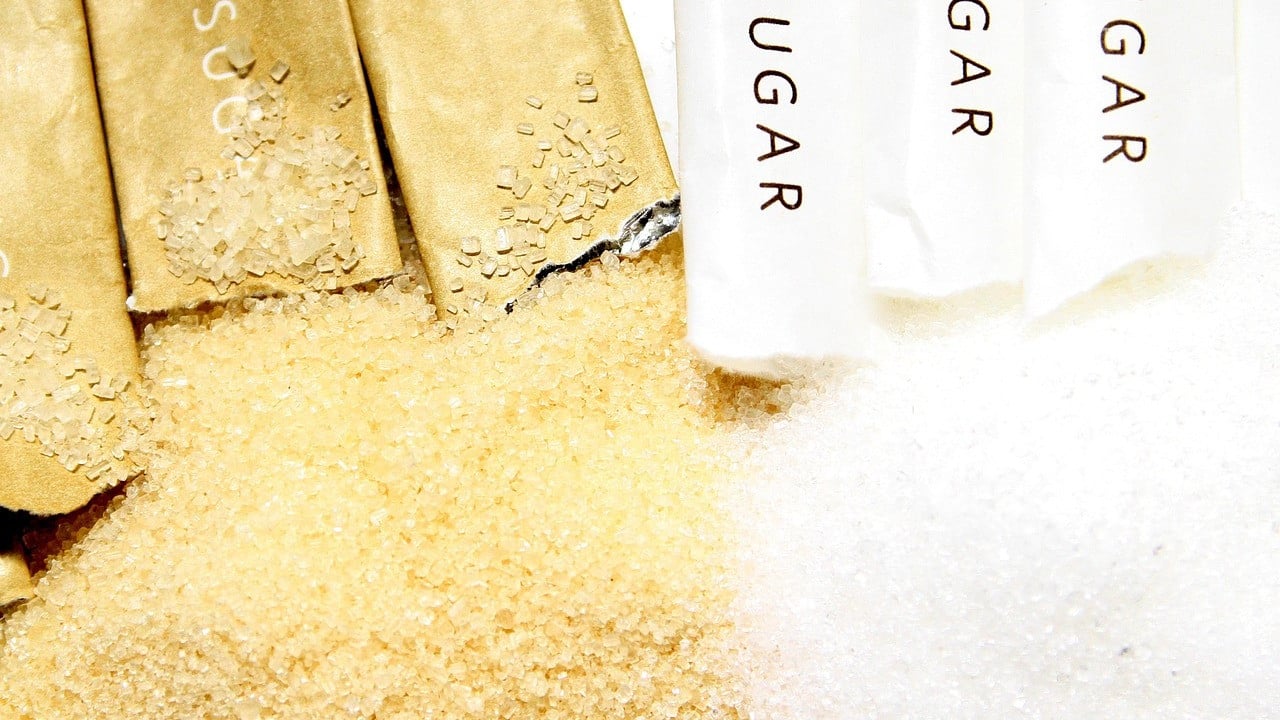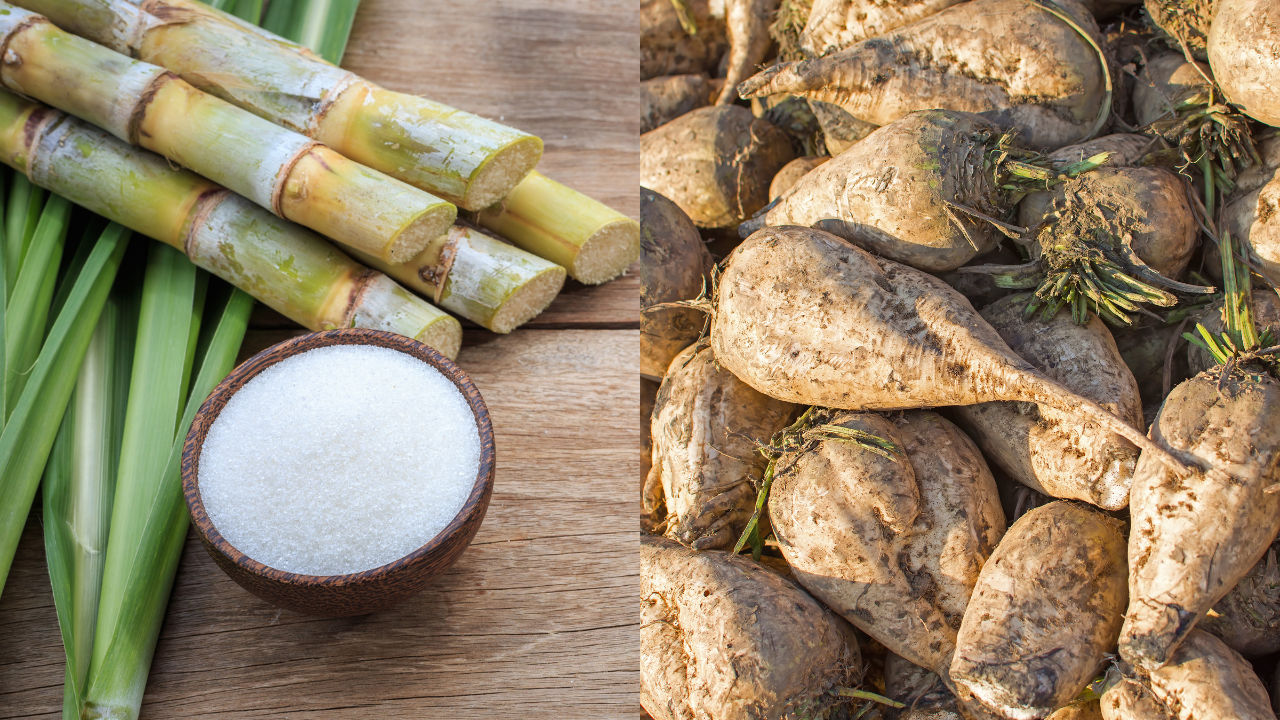The sourcing of beet sugar vs cane sugar affects eco-friendliness in the sugar industry.
The sourcing of beet sugar vs cane sugar affects eco-friendliness in the sugar industry.
Blog Article
Discover the Uses and Benefits of Beet Sugar Vs Cane Sugar in Your Daily Diet Regimen
Exploring the distinctive high qualities of beet and cane sugar reveals greater than simply their sweetening abilities; it highlights their special influence on health and cookeries. Beet sugar, known for its subtle taste, is frequently favored in delicate treats, whereas cane sugar, with its tip of molasses, adds splendor to robust dishes. Each kind holds its own nutritional profile and glycemic implications, welcoming a much deeper understanding of their duties in a balanced diet regimen and sustainable consumption methods.
Beginning and Production Processes of Beet and Cane Sugar

The distinct climates and dirt kinds needed for growing sugar beets and sugarcane add to distinctions in their farming practices and geographical circulation, affecting the economics and sustainability of their manufacturing. beet sugar vs cane sugar.
Nutritional Contrast In Between Beet Sugar and Cane Sugar
In spite of stemming from different plants, beet sugar and cane sugar are nutritionally extremely similar, both largely consisting of sucrose. Each gives about 4 calories per gram, translating to approximately 16 calories per teaspoon. Structurally, both sugars are composed of around 99.95% sucrose, with very little quantities of various other materials like moisture and trace minerals, which do not substantially alter their dietary accounts.

Inevitably, when selecting in between beet sugar and cane sugar based on nutritional content alone, both offer the same advantages and drawbacks as they are essentially forms of the exact same molecule-- sucrose, providing quick power without other nutrients.
Effect On Wellness: Glycemic Index and Caloric Content
Discovering even more right into the impacts of beet sugar and cane sugar on wellness, it is important to consider their glycemic index and calorie web content. The glycemic index (GI) of both beet and cane sugar is around 65, classifying them as high-GI foods, which can cause fast spikes in blood glucose degrees.
Each kind of sugar contains Bonuses around 4 calories per gram, making their caloric material equivalent. For navigate to this website those checking calorie intake, particularly when taking care of weight or metabolic health and wellness problems, understanding this equivalence is essential (beet sugar vs cane sugar). Too much consumption of any type of high-calorie, high-GI food can contribute to health concerns such as weight problems, heart condition, and insulin resistance.
Environmental and Economic Considerations of Sugar Production
Beyond wellness effects, the production of beet and cane sugar likewise elevates significant ecological and economic worries. Sugar beet farming has a tendency to require cooler environments and has a reduced geographical impact compared to sugar cane, which thrives in tropical areas.
In addition, the usage of pesticides and fertilizers in both beet and cane sugar growing can bring about dirt destruction and contamination, further affecting biodiversity and neighborhood water bodies (beet sugar vs cane sugar). The option between cultivating sugar beet or cane typically rests on local ecological problems and financial variables, making the sustainability of sugar production a complex concern
Culinary Applications and Flavor Differences
While the environmental and economic elements of sugar manufacturing are certainly straight from the source substantial, the choice in between beet and cane sugar likewise influences culinary applications and flavor accounts. Beet sugar, originated from the sugar beet plant, is understood for its remarkably neutral preference. This makes it a versatile ingredient in cooking, where it does not alter the flavor of various other components. It liquifies promptly and is optimal for use in cakes, cookies, and breads.
Walking cane sugar, extracted from sugarcane, commonly keeps molasses traces, which give a distinct splendor and deepness. This mild molasses taste enhances the complexity of baked goods, sauces, and marinades. It is especially preferred in products where a sugar touch is preferred, such as in brownies or gingerbread. The mild variant in dampness content in between beet and cane sugar can impact the structure and consistency of recipes, making cane sugar a preferred option for particular dishes that benefit from its special homes.

Final Thought
To conclude, both beet and cane sugar have distinctive origins and manufacturing procedures, offering similar nutritional accounts with mild distinctions in sodium web content and taste. While their influence on health, specifically relating to glycemic index and calories, is similar, the option in between them usually boils down to environmental, financial variables, and certain cooking needs. Understanding these facets can assist consumers in making notified choices that align with their wellness goals and flavor preferences.
Report this page